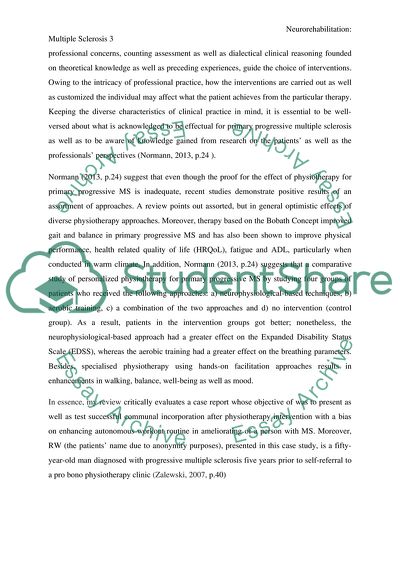Cite this document
(Neurorehabilitation Coursework Example | Topics and Well Written Essays - 2000 words - 1, n.d.)
Neurorehabilitation Coursework Example | Topics and Well Written Essays - 2000 words - 1. https://studentshare.org/health-sciences-medicine/1873863-neurorehabilitation
Neurorehabilitation Coursework Example | Topics and Well Written Essays - 2000 words - 1. https://studentshare.org/health-sciences-medicine/1873863-neurorehabilitation
(Neurorehabilitation Coursework Example | Topics and Well Written Essays - 2000 Words - 1)
Neurorehabilitation Coursework Example | Topics and Well Written Essays - 2000 Words - 1. https://studentshare.org/health-sciences-medicine/1873863-neurorehabilitation.
Neurorehabilitation Coursework Example | Topics and Well Written Essays - 2000 Words - 1. https://studentshare.org/health-sciences-medicine/1873863-neurorehabilitation.
“Neurorehabilitation Coursework Example | Topics and Well Written Essays - 2000 Words - 1”. https://studentshare.org/health-sciences-medicine/1873863-neurorehabilitation.


